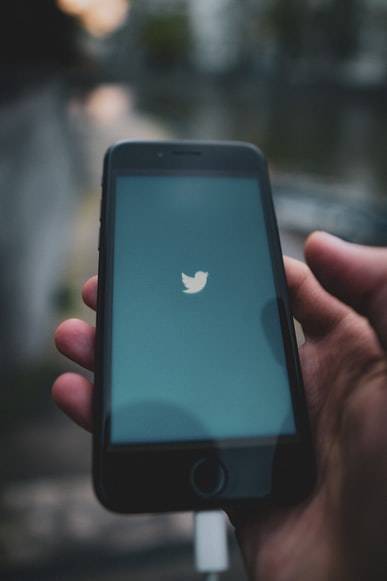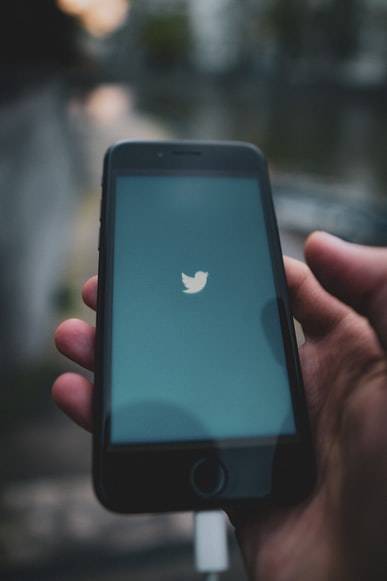Twitter, known for its sometimes excessive encouragement of spontaneous interactions, is working on developing a tool that will allow users to correct their tweets, a move that some see as stripping the platform of its nature. This feature will initially be available exclusively to subscribers of the paid "Twitter Blue" service.
**April Fools' Announcement**
Last week, Twitter's product lead, Jan Sullivan, confirmed the ongoing search for a way to develop a tweet editing tool, validating an earlier tweet posted by Twitter on April 1st that had puzzled followers who thought it was an April Fools' joke.
**Most Requested Edit**
Sullivan noted that this editing capability has been the "most requested for years" by users wanting to "correct embarrassing mistakes, typos, or messages written too hastily," a feature that Facebook has offered since its inception. Sophie Guéhel, who manages conferences at the University of Paris 8 and specializes in digital usage, stated that "these platforms encourage rapid content dissemination. Granting the right to correct even before seeing external reactions" is "very interesting."
Currently, the only way to amend tweets is to delete them and post new ones. Guéhel pointed out that while it is essential to maintain the "principle of correction," there should also be a "mark indicating that the message was edited," particularly considering the possibility of users changing their positions based on the feedback they receive.
Understanding the potential issues, the platform’s technical teams have warned that the trial phase could be prolonged to avoid "misuse" of the new tool, especially regarding "altering the archives of any public conversation." However, users can still take screenshots of messages before they are edited, a common practice on Twitter where cyberbullying can reach violent levels.
Among such practices is known as "doxing," which involves gathering information about someone through their past posts and reposting it later to cause harm. To reduce unwanted interactions, the safety service of the social network recently announced it would be testing a feature that allows users to prevent others from tagging them, similar to the "remove tag" feature on Facebook. Last year, Twitter's development lead for "health and privacy," Dominic Camozzi, stated, "If someone you don't follow tags you, you will receive a special notification. If you choose to remove the tag from your account in the conversation, the tweet author will no longer be able to tag you again."
This aims to prevent smear campaigns that internet users sometimes carry out on other users of the social network.
**User Division Concerns**
However, Angelo Zino from the American consulting firm CFRA Research believes this new feature could "divide" users into opposing groups, with "tweeters" blocking any accounts that don't align with their opinions, for example. While the analyst asserts that "Twitter should not follow the same path as Facebook," where every user has the freedom to choose who can see and interact with their posts, he warns that this poses a risk to the dynamic interactions that have become one of Twitter's hallmark features.
Nonetheless, Zino does not recommend against making any edits, noting that the platform has not evolved significantly in recent years. Thus, these tools present an opportunity to "give consumers what they want," especially for the "younger" audience, provided that the core element of Twitter's popularity is not abandoned.




